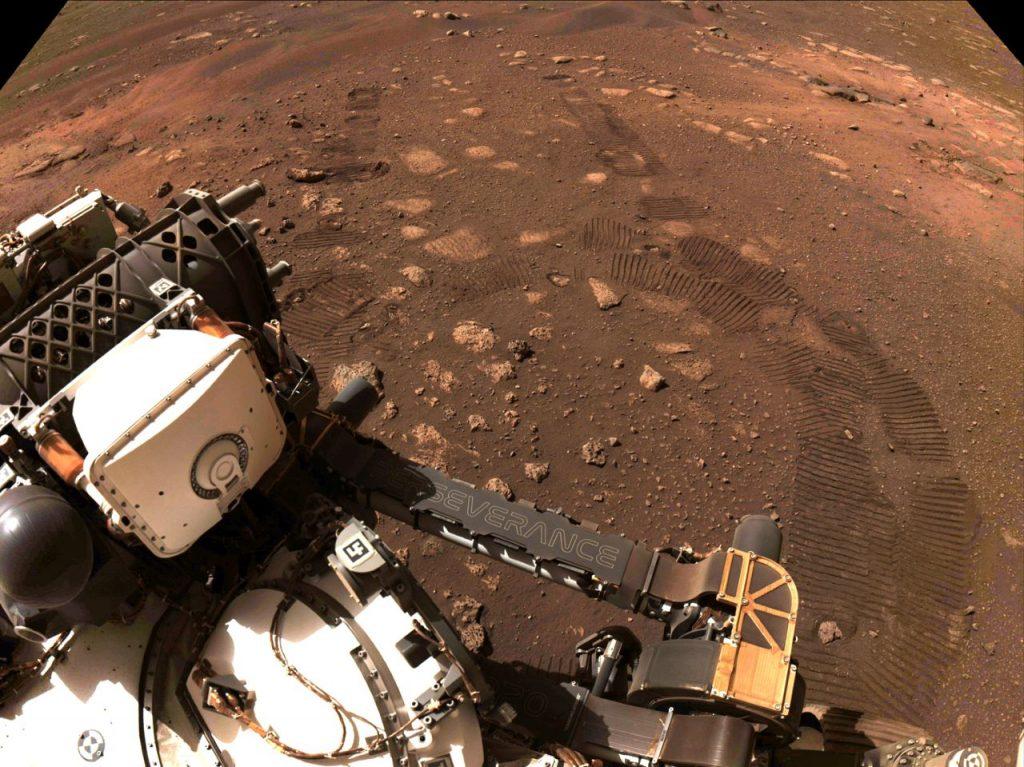Nasa’s Moxie shows moxie, makes oxygen on Mars
The technology could both help astronauts breathe and help propel the rockets that get them back home to Earth.
Just In
Nasa’s Perseverance Mars rover just successfully notched up another first on Mars, one that may help pave the way for astronauts to explore the Red Planet someday, reports space.com.
The rover successfully used its Moxie instrument to generate oxygen from the thin, carbon dioxide-dominated Martian atmosphere for the first time, so demonstrating technology that could both help astronauts breathe and help propel the rockets that get them back home to Earth.
Moxie is short for “Mars Oxygen In-Situ Resource Utilization Experiment”, and the word moxie also means the ability to face difficulty with skill, spirit and courage.
The toaster-sized instrument produces oxygen from carbon dioxide, expelling carbon monoxide as a waste product.
The Moxie milestone occurred just one Earth day after Perseverance watched over another epic Martian first – the first Mars flight of Nasa’s Ingenuity helicopter, which rode to the Red Planet on the rover’s belly.
“This is a critical first step at converting carbon dioxide to oxygen on Mars,” Jim Reuter, associate administrator of Nasa’s Space Technology Mission Directorate, said in a statement on Wednesday.
“Moxie has more work to do, but the results from this technology demonstration are full of promise as we move toward our goal of one day seeing humans on Mars.”
The Moxie conversion process occurs at temperatures around 800 degrees Celsius, so Moxie is made of heat-tolerant materials and features a thin gold coating to keep potentially damaging heat from radiating outward into Perseverance’s body.
The Moxie team warmed the instrument up for two hours yesterday, then had it produce oxygen for an hour.
In that time, it produced 5.4g of oxygen, about enough to keep an astronaut breathing easily for 10 minutes, Nasa officials said.
That first effort didn’t max Moxie out; it can generate about 10g of oxygen per hour.
The team plans to conduct about nine more runs over the course of one Mars year (about 687 Earth days).
Moxie itself cannot produce enough oxygen to make a difference for future exploration efforts, but much larger Moxie successors could potentially be great exploration enablers, allowing Mars astronauts to “live off the land” rather than depend on costly and infrequent oxygen resupply from Earth.
Subscribe to our newsletter
To be updated with all the latest news and analyses daily.
Most Read
No articles found.
